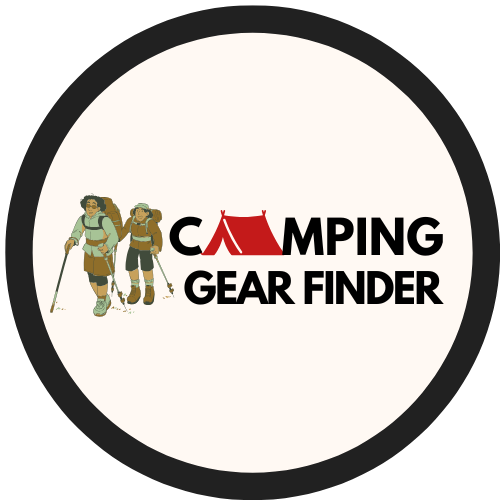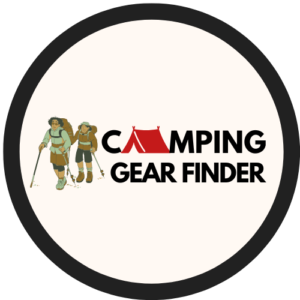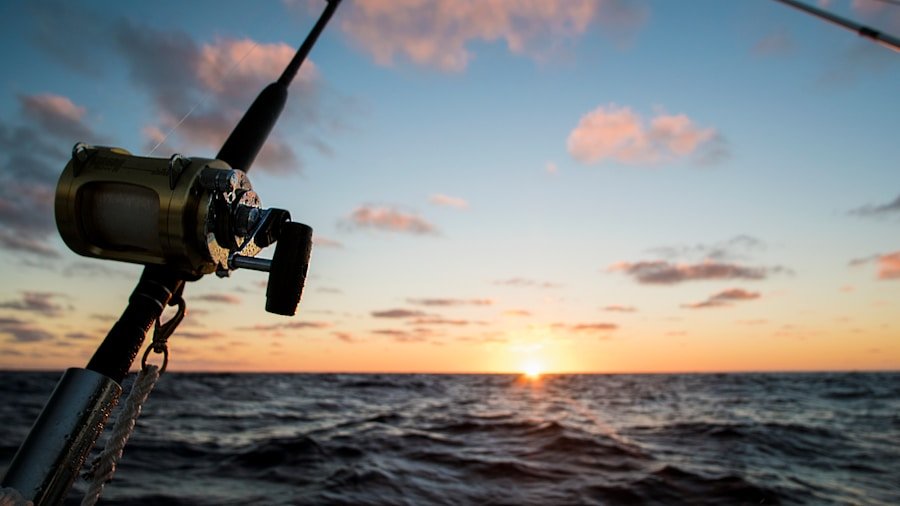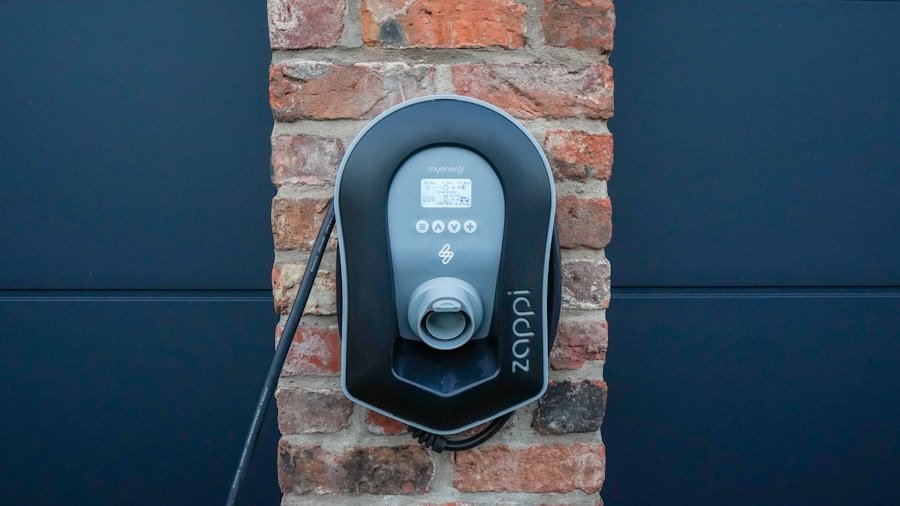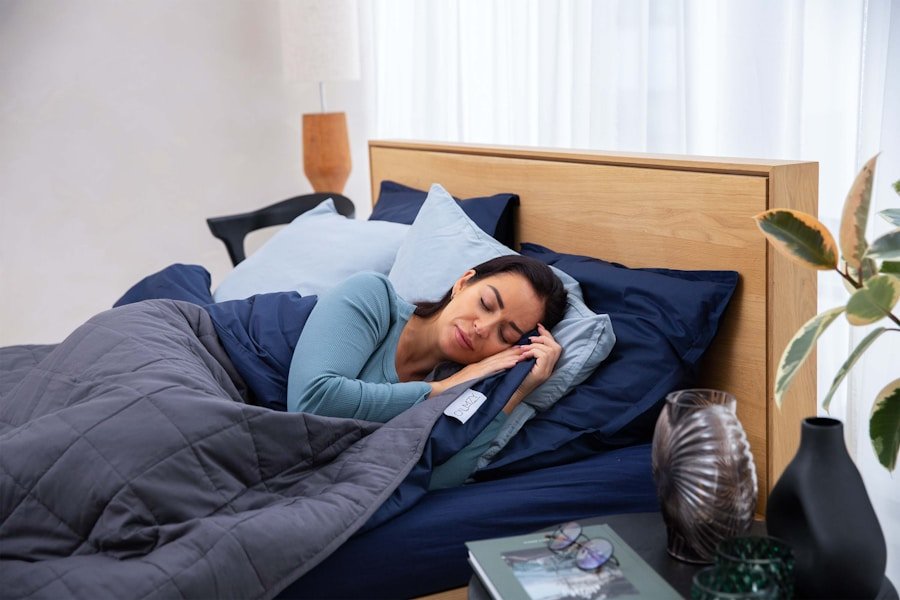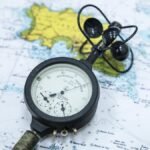When selecting a fishing rod and reel for your camping trip, several key factors must be taken into account. The primary consideration is the type of fish you intend to catch and the fishing environment. For instance, if you plan to fish in freshwater for smaller species, a lightweight spinning rod and reel combination is likely the best choice.
Conversely, if you’re targeting larger saltwater species, a heavy-duty baitcasting setup may be more suitable. In addition to considering the type of fish and fishing environment, it’s essential to consider your personal preferences and fishing style. Some anglers prefer the sensitivity and control offered by casting rods, while others prefer the ease of use and versatility of spinning rods.
Ultimately, the ideal rod and reel combination for you will depend on a combination of these factors. Therefore, it’s crucial to conduct thorough research and potentially test different options before making a decision. Investing in a high-quality rod and reel that meets your needs can significantly enhance your fishing experience, making it essential to choose wisely.
Key Takeaways
- Choose a fishing rod and reel combo that matches the type of fish and fishing environment you’ll be encountering on your camping trip.
- Pack a variety of tackle and bait options to adapt to different fishing environments, such as freshwater lakes or saltwater shores.
- Understand the different types and strengths of fishing lines to ensure you have the right setup for the fish you’re targeting.
- Don’t forget essential accessories like a tackle box, fishing net, and polarized sunglasses for a successful fishing trip.
- Dress appropriately for the weather and terrain, and consider investing in quality footwear for comfort and safety while fishing.
Essential Tackle and Bait for Different Fishing Environments
Freshwater Fishing Essentials
When planning a freshwater fishing trip, it’s essential to stock up on a variety of artificial lures, such as crankbaits, spinners, and soft plastics. Additionally, consider packing a selection of live bait, including worms or minnows. These will help you attract a range of fish species in freshwater environments.
Saltwater Fishing Essentials
If you’re heading out to saltwater, you’ll need to invest in heavier-duty tackle, including jigs, spoons, and topwater plugs. Don’t forget to pack live bait options like shrimp or squid, which are often preferred by saltwater fish.
Targeting Specific Fish Species
It’s crucial to consider the specific fish species you’ll be targeting on your trip. Different fish have unique feeding habits and preferences when it comes to bait, so research and preparation are key. Pack a variety of tackle options to adapt to changing conditions and fish behavior.
Setting Yourself Up for Success
By being well-prepared with a selection of essential tackle and bait for different fishing environments, you’ll be setting yourself up for success on your camping trip. With the right gear and knowledge, you’ll be ready to catch a range of fish species and make the most of your outdoor adventure.
Understanding Fishing Line Types and Strengths
When it comes to fishing gear essentials, one of the most important components is your fishing line. Understanding the different types of fishing line and their strengths is crucial for a successful fishing trip. There are three main types of fishing line: monofilament, fluorocarbon, and braided.
Each type has its own unique characteristics and strengths, so it’s important to choose the right one for your specific needs. Monofilament line is a popular choice for many anglers due to its affordability and versatility. It stretches more than other types of line, which can be beneficial when fighting fish or casting long distances.
Fluorocarbon line is known for its low visibility underwater, making it a great choice for clear water conditions or when targeting finicky fish. It also has less stretch than monofilament, which can provide better sensitivity when detecting bites. Braided line is incredibly strong and has little to no stretch, making it ideal for fishing in heavy cover or targeting large, hard-fighting fish.
In addition to understanding the different types of fishing line, it’s also important to consider the strength or pound test of the line you choose. The pound test refers to the amount of weight the line can handle before breaking. For example, a 10-pound test line can handle up to 10 pounds of weight before breaking.
It’s important to match the pound test of your line to the size and strength of the fish you’ll be targeting. By understanding fishing line types and strengths, you can ensure that you have the right gear for the job on your next camping trip.
Must-Have Accessories for a Successful Fishing Trip
| Item | Description | Importance |
|---|---|---|
| Fishing Rod | A long, flexible rod used to catch fish | Essential |
| Fishing Reel | A device attached to the fishing rod for winding and stowing the line | Essential |
| Fishing Line | A strong, durable line used for fishing | Essential |
| Fishing Hooks | Sharp, curved devices for catching fish | Essential |
| Bait | Attractive food used to lure fish | Essential |
| Tackle Box | A container for storing fishing equipment | Convenient |
| Fishing Net | A tool for catching fish in water | Optional |
In addition to your rod, reel, tackle, and bait, there are several must-have accessories that can make your fishing trip more successful and enjoyable. One essential accessory is a good quality fishing tackle box or bag to keep all of your gear organized and easily accessible. Look for a tackle box with plenty of compartments and storage space for your lures, hooks, weights, and other tackle essentials.
Another important accessory is a reliable pair of polarized sunglasses. Not only do polarized sunglasses protect your eyes from harmful UV rays, but they also reduce glare on the water’s surface, allowing you to see beneath the surface and spot fish more easily. A comfortable and durable fishing hat is also a must-have accessory for any angler.
Look for a hat with a wide brim to provide ample sun protection and keep you cool on hot days. Other essential accessories include a quality fishing net for landing fish, a pair of needle-nose pliers for removing hooks, and a reliable fish scale for weighing your catch. It’s also a good idea to pack some sunscreen, insect repellent, and a first aid kit to ensure that you stay safe and comfortable during your fishing adventure.
By having these must-have accessories on hand, you’ll be well-prepared for a successful fishing trip on your next camping adventure.
Proper Clothing and Footwear for Fishing in Various Conditions
When it comes to fishing gear essentials for your next camping trip, proper clothing and footwear are key components for staying comfortable and protected while out on the water. The type of clothing and footwear you’ll need will depend on the specific fishing environment and conditions you’ll be facing. If you’ll be fishing in warm weather, lightweight and breathable clothing is essential to stay cool and comfortable throughout the day.
A moisture-wicking shirt and quick-drying shorts are great options for warm weather fishing trips. It’s also important to pack a lightweight rain jacket or windbreaker in case of unexpected weather changes. When it comes to footwear, a pair of comfortable water shoes or sandals with good traction are ideal for wading in shallow water or walking along slippery riverbanks.
On the other hand, if you’ll be fishing in colder weather or cooler water conditions, it’s important to dress in layers to stay warm and dry. A moisture-wicking base layer followed by an insulating mid-layer and a waterproof outer layer will help keep you warm and protected from the elements. Insulated waterproof boots with good traction are essential for keeping your feet warm and dry while navigating through cold water or muddy terrain.
Regardless of the weather conditions, it’s important to pack a wide-brimmed hat or cap to protect your face and neck from the sun’s rays. Don’t forget to apply sunscreen regularly and stay hydrated throughout the day. By dressing appropriately for the conditions and wearing proper footwear, you’ll be able to fully enjoy your fishing experience without being hindered by discomfort or exposure to the elements.
Tips for Selecting the Best Fishing Kayak or Boat
If you’re planning on taking your fishing adventure to the next level by exploring new waters or accessing remote fishing spots, selecting the best fishing kayak or boat is essential. When choosing a fishing kayak or boat, there are several factors to consider, including size, stability, maneuverability, and storage options. For kayak fishing, stability is key to ensure that you can cast and reel in fish without tipping over.
Look for a kayak with a wide hull design or a stand-up platform for added stability. Maneuverability is also important when selecting a kayak or boat for fishing. You’ll want something that is easy to paddle or navigate through tight spaces without sacrificing stability.
Additionally, consider the storage options available on the kayak or boat. Look for ample storage space for your tackle box, cooler, and other gear essentials. For boat fishing, consider factors such as size and weight capacity to accommodate multiple anglers or larger gear loads.
A boat with a shallow draft is ideal for accessing shallow waters or navigating through marshy areas where fish may be hiding. It’s also important to consider whether you’ll need additional features such as trolling motor mounts or fish finders for added convenience and functionality. Ultimately, selecting the best fishing kayak or boat will depend on your specific needs and preferences as an angler.
Take the time to research different options and perhaps even test out a few different models before making a decision. By choosing the right kayak or boat for your fishing adventure, you’ll be able to access new fishing spots and enjoy an unforgettable experience on the water.
How to Safely and Ethically Handle and Release Fish
As an angler, it’s important to prioritize the safety and well-being of the fish you catch by handling them properly and releasing them back into their natural habitat in an ethical manner. When handling fish, it’s crucial to minimize stress and injury by using proper techniques and equipment. Always wet your hands before handling fish to protect their delicate skin and scales from damage.
If possible, use a landing net or gripper tool to safely lift the fish out of the water without causing harm. When removing hooks from a fish’s mouth, use needle-nose pliers or hemostats to carefully extract the hook without causing unnecessary injury. It’s also important to avoid squeezing or putting excessive pressure on the fish’s body when handling them.
When releasing fish back into the water, it’s important to do so in a gentle manner that minimizes stress and maximizes their chances of survival. Hold the fish upright in the water until they regain their strength and swim away on their own accord. Avoid tossing or dropping fish back into the water from a height as this can cause injury or disorientation.
In addition to proper handling techniques, it’s also important to practice ethical catch-and-release principles by using barbless hooks whenever possible and avoiding over-handling fish unnecessarily. By prioritizing safe and ethical handling practices when catching and releasing fish, you can help ensure that future generations of anglers will have the opportunity to enjoy these incredible creatures in their natural habitats. In conclusion, when it comes to planning a successful fishing trip on your next camping adventure, choosing the right gear essentials is crucial for an enjoyable experience on the water.
From selecting the right rod and reel combo to understanding different types of fishing line and their strengths, being well-prepared with essential tackle and bait is key to catching fish in different environments. Additionally, having must-have accessories on hand such as polarized sunglasses, a quality tackle box, and proper clothing and footwear will help keep you comfortable and protected while out on the water. If you’re considering taking your fishing adventure to new waters by exploring remote spots or accessing hard-to-reach areas, selecting the best fishing kayak or boat is essential for an unforgettable experience on the water.
Finally, prioritizing safe and ethical handling practices when catching and releasing fish will help ensure that future generations of anglers can continue enjoying these incredible creatures in their natural habitats. By following this ultimate guide to fishing gear essentials for your next camping trip, you’ll be well-prepared for an incredible fishing adventure that you won’t soon forget.
FAQs
What are the essential fishing gear items for a camping trip?
Some essential fishing gear items for a camping trip include fishing rods, reels, lines, hooks, bait, tackle box, fishing knife, and a fishing net.
What type of fishing rod is best for a camping trip?
A collapsible or telescopic fishing rod is best for a camping trip as it is compact and easy to transport.
What type of fishing reel is recommended for a camping trip?
A spinning reel is recommended for a camping trip as it is versatile and easy to use for beginners.
What type of fishing line is suitable for a camping trip?
Monofilament fishing line is suitable for a camping trip as it is affordable and has good stretch and shock absorption.
What are the different types of bait to bring on a camping trip?
Common types of bait to bring on a camping trip include live bait (such as worms or minnows), artificial lures, and prepared bait (such as power bait or dough bait).
What should be included in a fishing tackle box for a camping trip?
A fishing tackle box for a camping trip should include a variety of hooks, sinkers, swivels, bobbers, and a few essential lures and jigs.
Why is a fishing knife important for a camping trip?
A fishing knife is important for a camping trip as it can be used for cutting fishing line, cleaning fish, and various other camping tasks.
What is the purpose of a fishing net on a camping trip?
A fishing net is used to safely and efficiently land and handle fish, especially larger ones, while camping.
